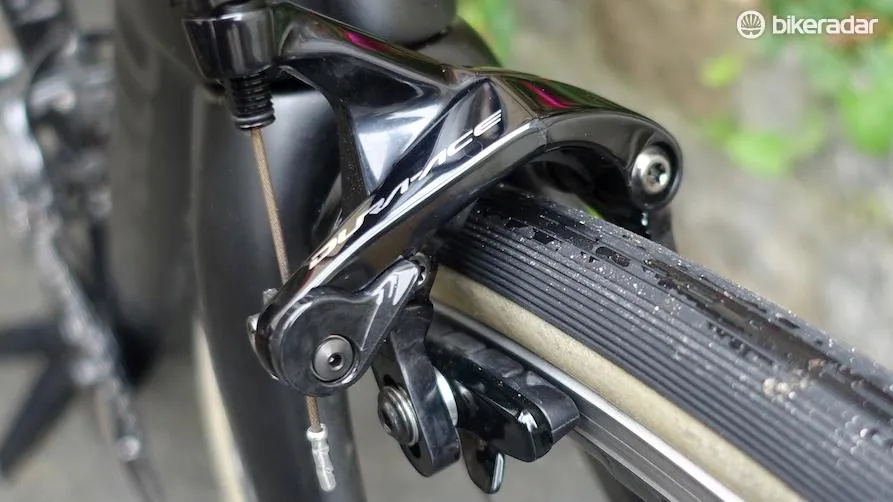For a technology declared obsolete a hundred times over, rim brakes have displayed remarkable staying power. Thanks to the latest direct-mount designs, they’re better than ever and still offer a viable alternative to discs.
- Road discs are great, but do you actually need them?
- UCI finally approves disc brakes for road racing
- Top 5 road bike upgrades you don’t actually need
This isn’t about discs
Disc brakes are great, I’m not going to argue about that. But as with my affection for alloy bikes, I appreciate variety in life and, taken on their own merits, I still have a lot of time for really good rim brakes. I’ve written about this before, as has my colleague Jack, but my thinking on the latest developments really crystallised when I was out in Spain riding the latest version of B’Twin’s stellar Ultra AF earlier this year.
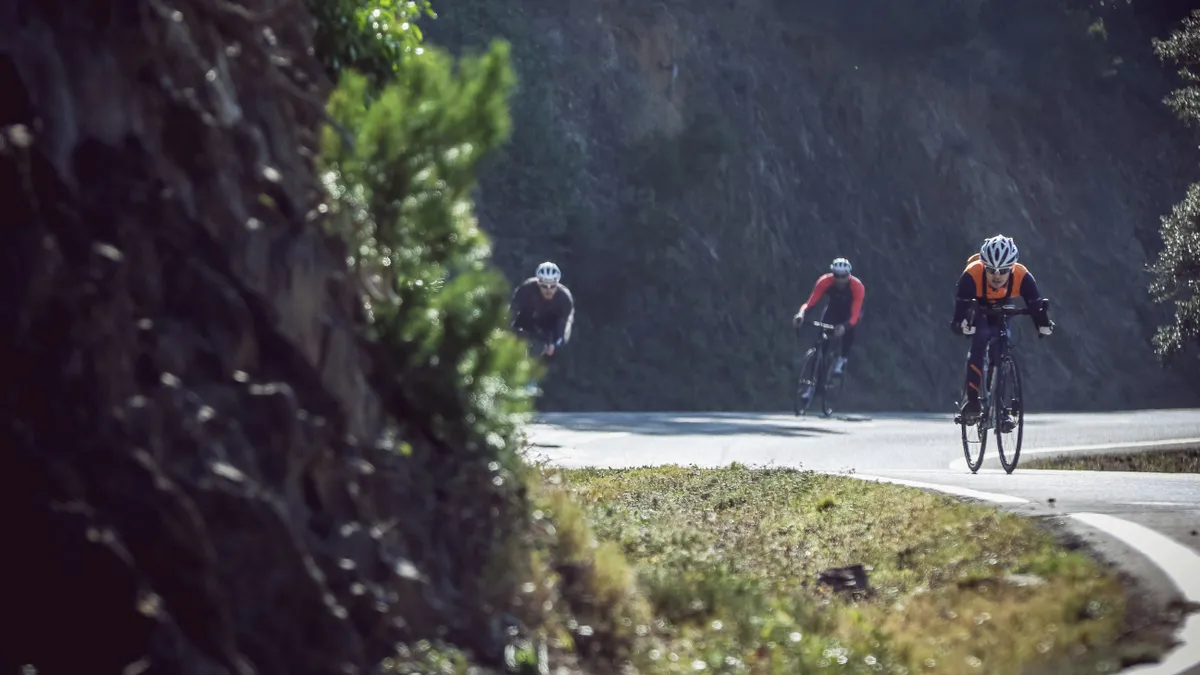
Riding hard and fast down a twisting descent, I was struck by how just how good the brakes felt. The combination of Shimano’s latest Ultegra direct-mount front caliper and the machined alloy braking surface of Mavic’s Cosmic Elite clinchers was just flat out excellent. The power was there, and with it came a 'feelsomeness' that equalled that of the best brakes out there. The best brakes of any kind.
What are direct-mount brakes anyway?
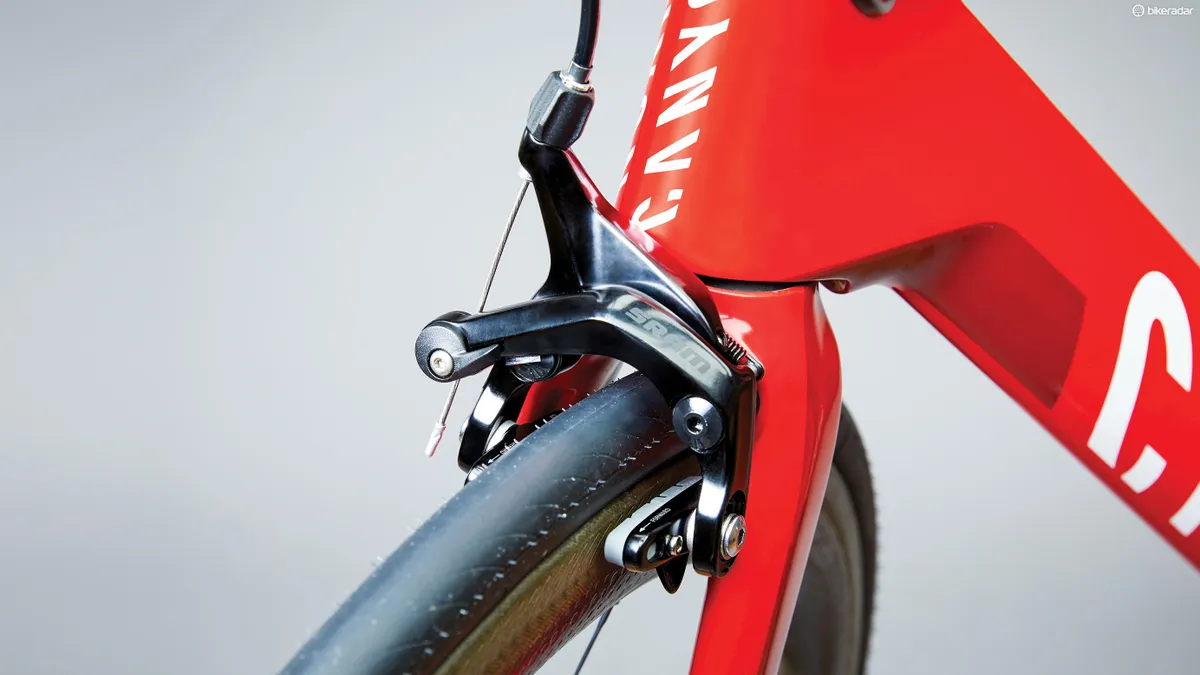
Where traditional rim brakes mount to your frame and fork using one bolt per brake, direct-mount brakes separate the caliper into two linked halves, which mount on bosses either side of the wheel.The mounts look similar to those of traditional cantilever or v-brakes, but they’re positioned higher up on the frame or fork and the calipers are not interchangeable with older designs.
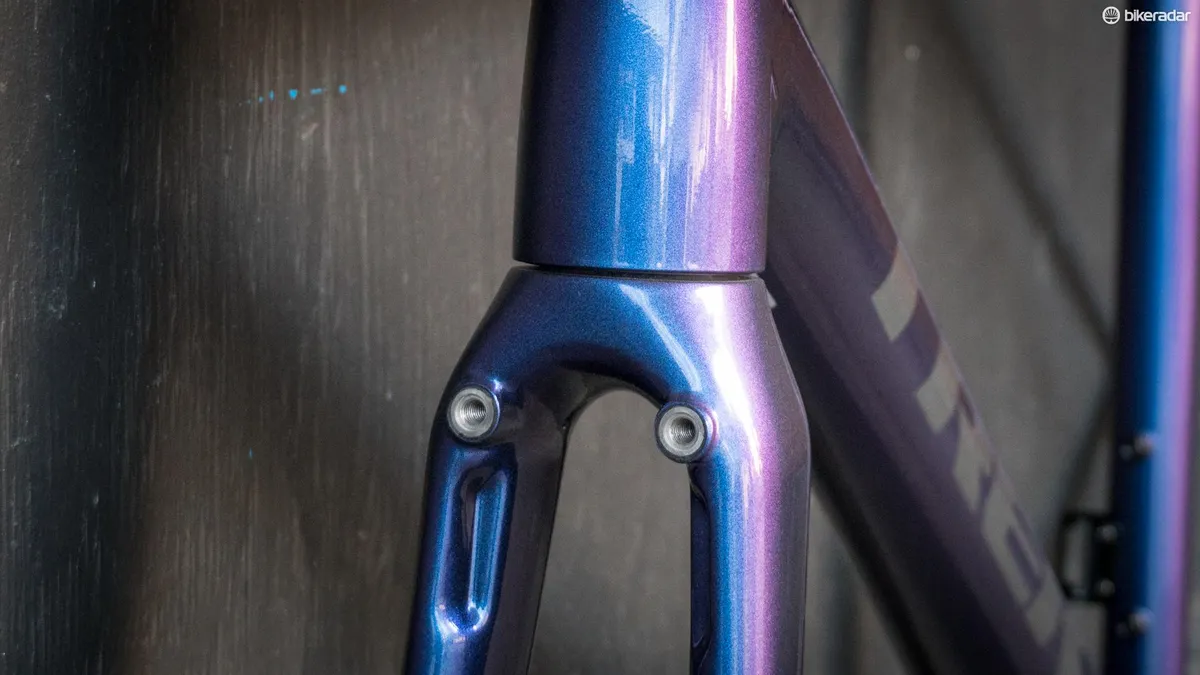
Shimano was the first of the big groupset makers to the direct-mount party, followed a couple of years later by Campagnolo. SRAM was incredibly late to the party, but jumped onboard this year with the S-900.

Where traditional rim brakes mount to your frame and fork using one bolt per brake, direct-mount brakes separate the caliper into two linked halves, which mount on bosses either side of the wheel.The mounts look similar to those of traditional cantilever or v-brakes, but they’re positioned higher up on the frame or fork and the calipers are not interchangeable with older designs.

Shimano was the first of the big groupset makers to the direct-mount party, followed a couple of years later by Campagnolo. SRAM was incredibly late to the party, but jumped onboard this year with the S-900.
Why are they good?
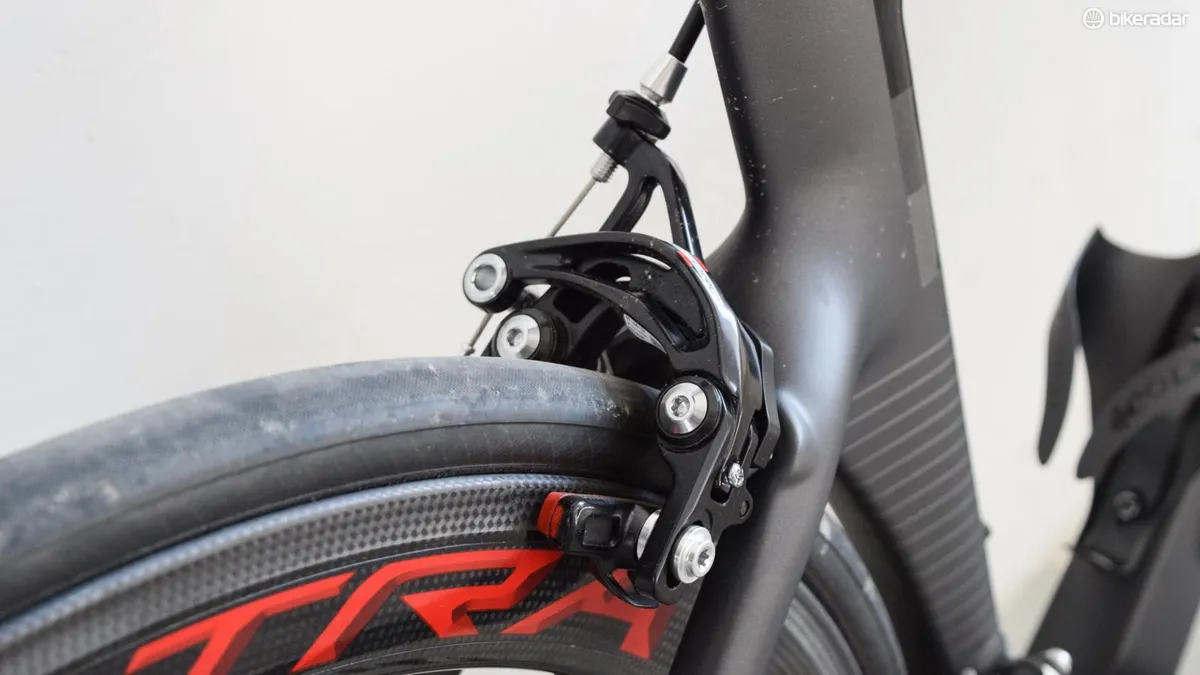
With conventional alloy rims or even the better carbon options out there (e.g. Campagnolo’s clever textured AC3 surface), direct-mount calipers offer superbly modulated and powerful braking, at least in the dry. As with any rim brake, performance suffers more in the wet than it does with discs. Direct-mount calipers are better than standard single-bolt brakes because they’re so stiff. Braced between two mounting points instead of one, they’re inherently less prone to flex, so less of your effort at the lever is wasted.Because of their wide stance, they offer decent tyre clearance too. The current crop of direct-mount brakes will typically accommodate tyres up to 30mm wide, sometimes more.
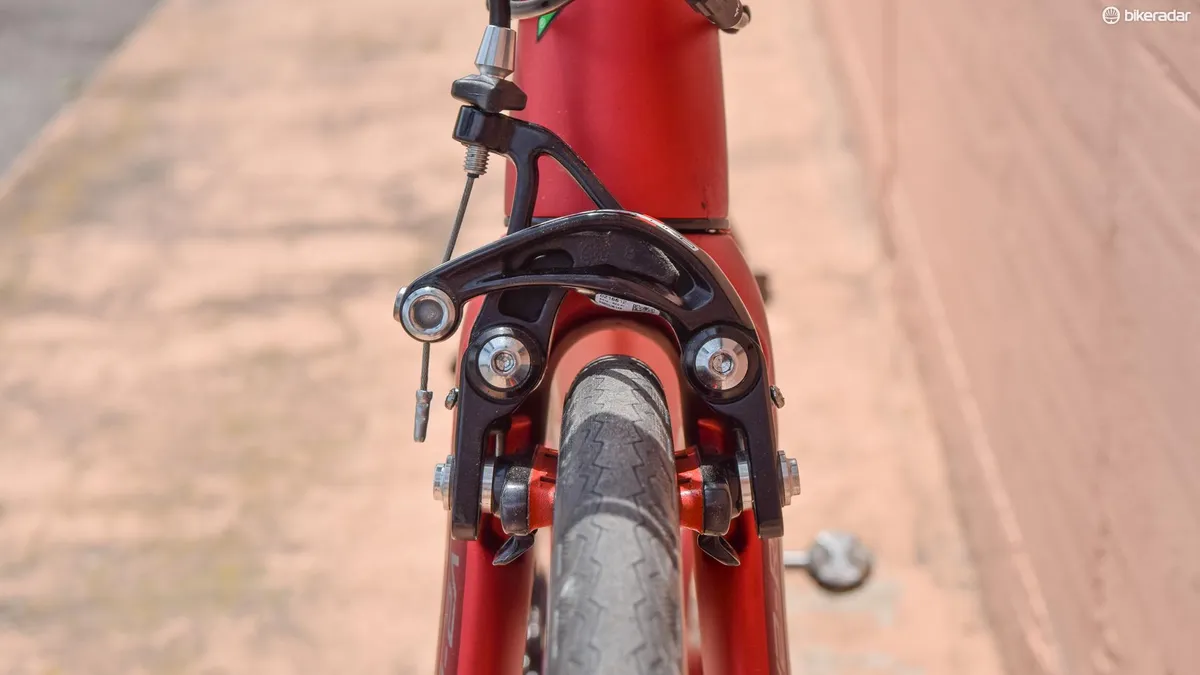
Given that I think a tyre around 28mm is just about perfect for most road riding, that suits me just fine.

With conventional alloy rims or even the better carbon options out there (e.g. Campagnolo’s clever textured AC3 surface), direct-mount calipers offer superbly modulated and powerful braking, at least in the dry. As with any rim brake, performance suffers more in the wet than it does with discs. Direct-mount calipers are better than standard single-bolt brakes because they’re so stiff. Braced between two mounting points instead of one, they’re inherently less prone to flex, so less of your effort at the lever is wasted.Because of their wide stance, they offer decent tyre clearance too. The current crop of direct-mount brakes will typically accommodate tyres up to 30mm wide, sometimes more.

Given that I think a tyre around 28mm is just about perfect for most road riding, that suits me just fine.
Embracing difference
Again, I’m not saying rim brakes are the best braking technology out there but, in the right set of circumstance, I like them.

If I were building a fairweather bike with an emphasis on weight and budget, I’d still go direct-mount rim over disc, because the performance meets my needs and they’re lighter for the money. While it’s certainly not a cost-cutting endeavour, I intentionally chose the rim brake version of the new Trek Émonda for my latest long-termer because I love the way it looks and I think there’s something quite pure about a metal bike with wireless shifting and traditional-looking brakes.
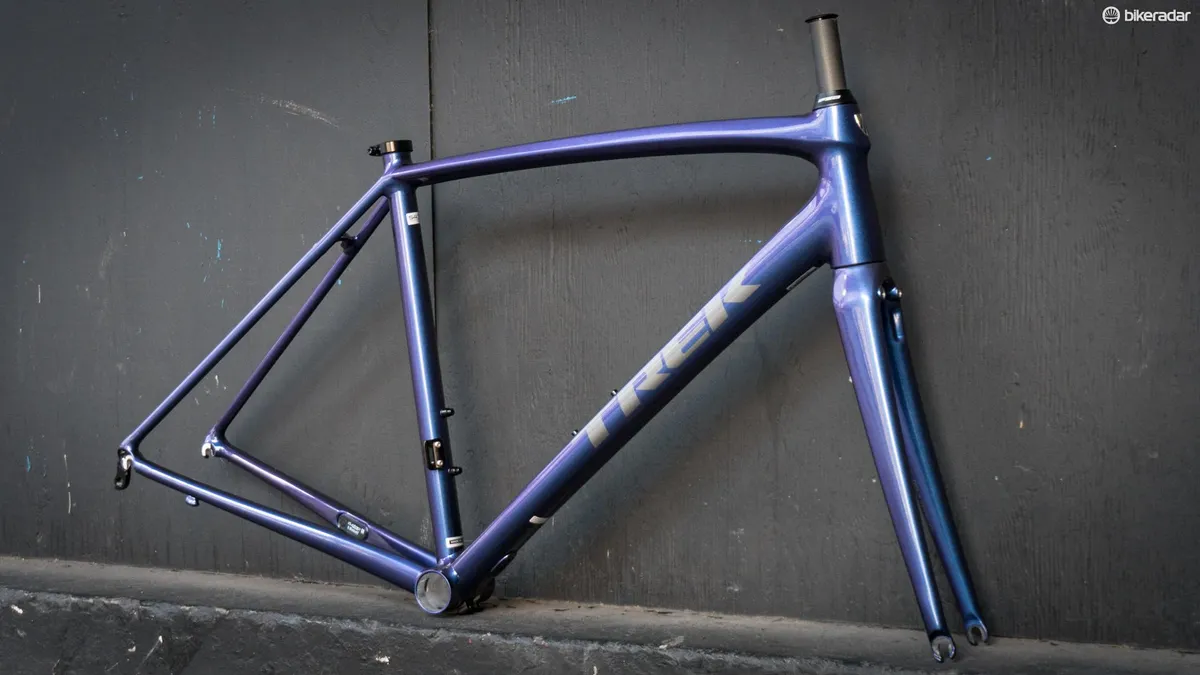
Again, I’m not saying rim brakes are the best braking technology out there but, in the right set of circumstance, I like them.

If I were building a fairweather bike with an emphasis on weight and budget, I’d still go direct-mount rim over disc, because the performance meets my needs and they’re lighter for the money. While it’s certainly not a cost-cutting endeavour, I intentionally chose the rim brake version of the new Trek Émonda for my latest long-termer because I love the way it looks and I think there’s something quite pure about a metal bike with wireless shifting and traditional-looking brakes.

Would I choose them for all my riding? Certainly not. For mucky off-tarmac adventures or rainy commutes, they’re just not the smart choice in this day and age.
Would I choose rim brakes if I weighed twice what I do now? Again, probably not.
Disc brakes are coming on in leaps and bounds and the best ones are pretty phenomenal. But as ever, I’m all about choosing the equipment that fits your riding best and gives you the experience and, dare I say it, the feelings that you’re after.
Direct-mount rim brakes are my kink. I am at peace with this.
